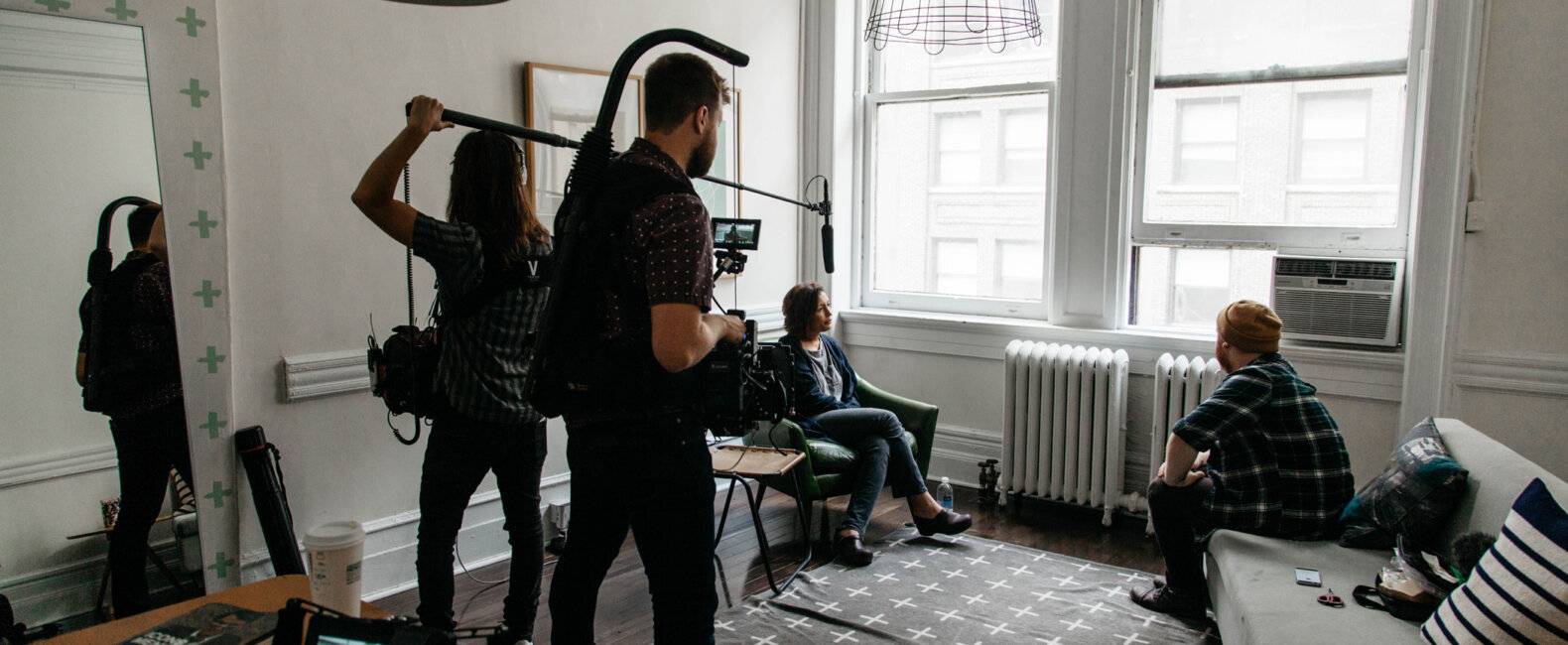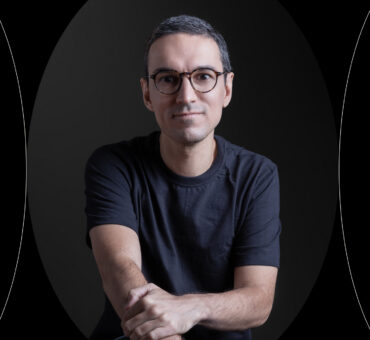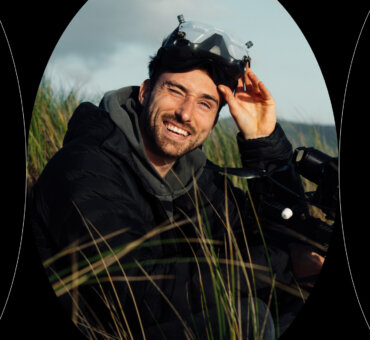Building a production budget is arguably the most important part of the filmmaking process. It creates the framework for the project, a rough outline for what will eventually be a film. But, it’s also one of the least fun parts of the process as well, probably just because it’s so damn difficult. There are an infinite amount of moving variables and unknowns — yet another reason building one is so important.
After talking with producers Zanah Thirus (Havas Chicago) and Sarah Schutzki (Feral Creative), we learned the budgeting process is a stumbling point for many because it just isn’t talked about all that much. When we asked Zanah about step one in learning the process, she simply said this:
“Honestly, you’d start by talking with a producer. This isn’t something that you can just Google.”
And that’s the crux of the issue: As a filmmaker, you can’t know what you don’t know. If you have a veteran producer as a mentor, feel free to move on — you have all the resources you need. But, for those of you who need a step in the right direction, we’re hoping to shed some light on this paradox.
We’re going to break the process down into two different articles — personal and commercial. Both have a lot of things in common, but there’s an approach that Zanah and Sarah shared on the commercial side that deserves its own article, so be sure to check it out right here.
First off, though, let’s talk about personal projects.
You can’t produce an idea.
Both Sarah and Zanah agreed on this point, that the production budget is where the rubber meets the road — where a great film begins to take shape. But, before you can even begin to build a production budget, you need to know what your deliverables are and this begins and ends with the script.
“I always tell people, ‘I can not produce an idea. I can produce a script. I can not make something tangible out of something that is intangible,’” Zanah says. “I don’t do any sort of production on any project unless I have a tangible script.”
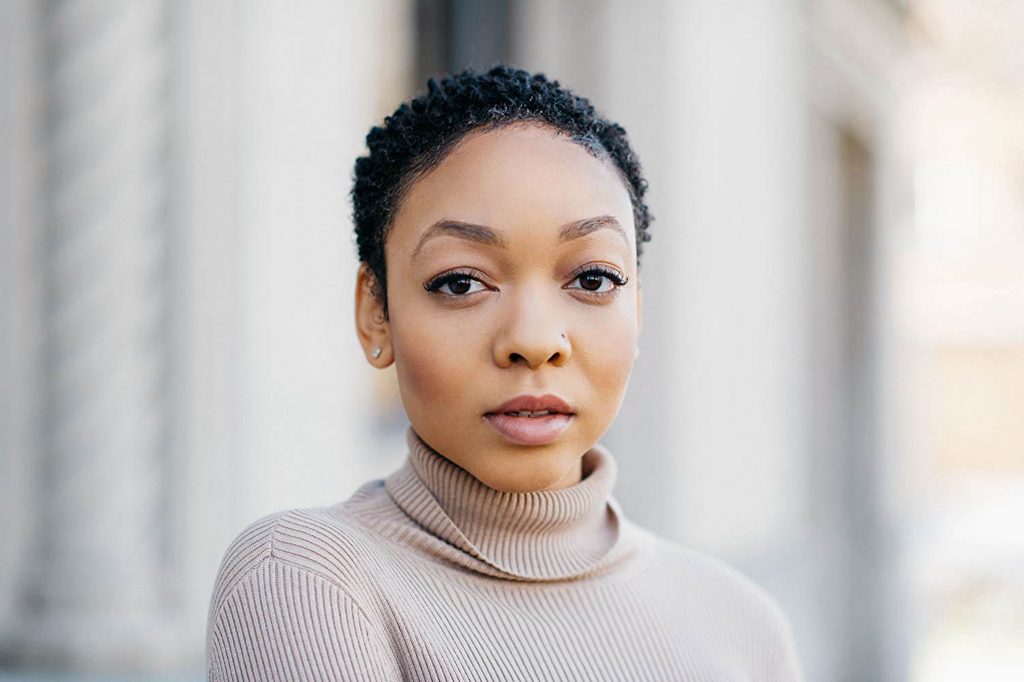
So, ironically enough, your starting point for a production budget starts with the creative. You can’t know what the limitations are for a project until you’ve built those limitations yourself. As a nebulous idea, a film can be a lofty as you want it to be — and so can its budget. By putting pen to paper, you can begin to narrow down some of the specifics on a project.
Outline your unknowns.
For indie films, your pre-production costs are generally free or close to it. It’s just a matter of writing, budgeting, and planning. So, that leaves you with two big categories for your budget — production and post-production.
As Zanah pointed out, the starting point is always the script for production budgets, and she starts by doing a script breakdown. Once she has a script, she can build out a spreadsheet with categories. Here are just a few:
- Props
- Characters
- Locations
- Sets
- VFX
- Vehicles
- Animals
She can get all of this from the script breakdown and begin to estimate her costs. By populating the number of characters, vehicles, etc., she can then ballpark costs for each of those categories by estimating the crew and equipment needed for each category. The unknowns of the production begin to look a bit less cloudy when you start outlining them via the script.
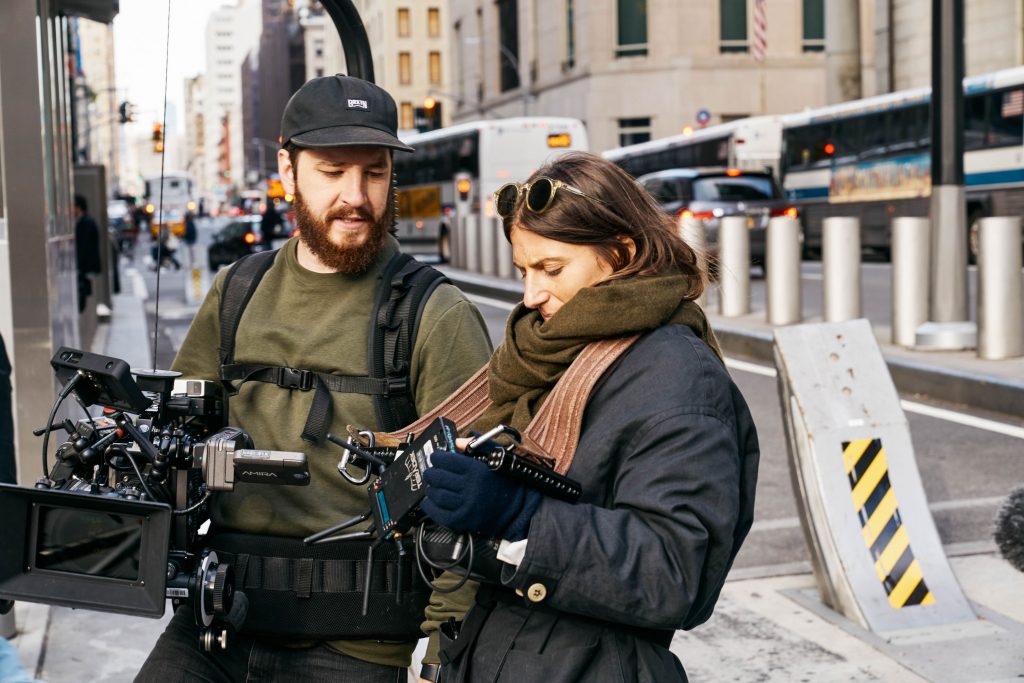
But, let’s not forget about post-production — in many ways, it comes with even more unknowns. As Sarah pointed out, anticipating those post-production complications is a great way to minimize those costs or at least estimate them. So, she keeps in close contact with her editor.
“After every job I get, I call my editor first and talk to him about what the post-production timeline will look like,” Sarah says. “We talk about what his needs are, if he anticipates any big revisions, and what all of that will cost — plus any other assets like cut downs or if we need the film in other languages.”
So, think of your script as a production budget guideline and your editor as a post-production guideline. Both are great resources for beginning to get a clearer picture of how to build an accurate budget.
“I would encourage people who are writers and producers to execute what they have in their head on paper and get the script to where they want it — then adjust from there.”
Tip: Don’t mix creative with business. Here’s a great note from Zanah. While the script is a great place to start the budgeting process, she said it’s important for her to keep the two processes separate. If you’re writing your personal project, let the creative be creative and don’t start budgeting before you even get thoughts on the page.
“When I’m writing, I write specifically for the story,” Zanah says. “If I need to shave down the idea once I have it on paper than I can produce from there. But I don’t mix the two. There are scripts that I’ve written that I don’t have the means to produce, so I don’t. There are scripts that I’ve written where I’m like, ‘Ok, this is tangible.’ I would encourage people who are writers and producers to execute what they have in their head on paper and get the script to where they want it — then adjust from there.”
What’s negotiable? What’s non-negotiable?
There’s a lot of control when it comes to personal projects. There are no clients breathing down your neck, demanding that certain things be included. So, as the producer for your own project, it’s important to know what you can be flexible on — and what you can’t be flexible on.
When building out a production budget, this can create plenty of opportunities to minimize cost in certain areas so you can maximize cost in others. So, what do you value enough to be rigid on and what can you sacrifice for the sake of actually making it? Here are a few questions Zanah asks herself:
- “Can we tell the story with fewer characters? Three instead of four?”
- “Can we use non-union talent instead of union talent?”
- “Are we comfortable with students who are videographers?”
- “Instead of monetary compensation, can we offer reel footage or credits?”
- “Could we use a location that’s free — like a friend’s house?”
- “Could we shoot this scene in the daylight instead, without lighting?”
- “Instead of acting dialog with a boom operator, could you work in a voiceover?”
Obviously, there’s an endless list of questions you can ask yourself and it begins and ends with the final product. Can you tell the story without a certain production element? Great, cut it. Is something necessary for the story? Cut something else to make room for it in the budget.

Tip: Build mutiple budgets. If we’ve learned one thing about producing a film, it’s that things will change. So, do what Sarah does and develop budgets for multiple scenarios. By anticipating potential problems and developing a budget that reflects those problems, you can save yourself time and money in the long run.
“I have one project I’m developing now and I have five different budgets for it,” Sarah says. “One is a best-case scenario: full series, best team, best camera, ample time, and post-production for sound design and things like that. Then the smallest budget is the worst-case scenario: my DP also flying the drone and capturing audio and using my personal car.”
By working with programs like Showbiz budgeting software, Sarah builds out templates for multiple types of projects in various scopes. Then, when another project comes up, she can build out a budget quickly by just using an older project’s template and adapting it to the most current project.
It Can’t Hurt to Ask.
When we spoke with Sarah and Zanah, a common theme that kept coming up is “it’s all about who you know.” In other words, it’s not necessarily a producer’s job to know everything (though that would help). It’s their job to know who to call. According to Zanah, just getting the information is key:
“You have to speak with people who are in the industry, people who know this first-hand. It’s not something that I would even be familiar with if I wasn’t already a producer,” Zanah says. “I’m aware that voice talent is a separate component than on-screen talent because I’ve worked with voice talent and on-screen talent for my independent projects. But how would you know that without having done it? It’s not just a matter of research; it’s a matter of talking to people.”
And, an essential skill of being a producer is simply not being afraid to ask for things. As the logistical expert on a production, it’s your job to reach out and make those connections. And as far as estimating costs for a production budget, information may be more accessible than you think.
“It’s really easy to call a gear-rental house and say, ‘Hey, I’d like a rough estimate for this shoot.’ It takes a couple of hours to get replies. Or just call a DP and ask if they’d mind taking 10 minutes to put together a rough gear list for a shoot that would include X, Y, and Z.”
Tip: Tread carefully with funding. Sarah is currently taking on her first project with a private donor, and she had a few things to share about how to navigate that relationship from a budgeting standpoint. But, ultimately it comes down to communication. When there’s personal money on the line, it’s important to go above and beyond with not only how you’re using their money, but also what their expectations are as a donor.
“With a private investment or a donor, there is an expectation for some sort of return,” Sarah says. “I’m hyper aware of that and I’m very slowly and cautiously navigating what that relationship looks like. It’s still my creative, but he needs to feel good about it. We need to make sure that there’s a very clear understanding that if there is a return of investment, it might not be for one or two years — or it might be coming from a different source of funding.”
So, before you sign on the dotted line for funding — and start counting on it for your budget — make sure you’re ultra clear on expectations and that there’s a clear, lawyer-approved contract on the table.
Your Greatest Resources are People.
It’s easy to think of a producer as a manager of things: money, locations, budgets, catering, etc. But, as Sarah pointed out, it’s also important to remember that you’re a manager of people as well — and this goes for your personal projects.
So, as you’re building out your budget and compiling your list of negotiables and non-negotiables, also keep in mind those people that you can reach out to. You know your collaborator’s personalities and you can use that to your budget’s advantage.
“I know who to call depending on the project because of who’s most easy-going and up for anything, versus someone who might need more information or more resources in order to be comfortable,” Sarah says.
So, if you know someone that’s willing to get scrappy and bring their own lunch, that could save in your overall budget. On the other hand, if you know someone that demands nothing less than catered meals, be prepared to budget for that too.
“What’s the most amazing thing you can create in one room with two characters?”
Tip: Start small. This may seem like an obvious point, but it’s an important one. Zanah has produced 13 independent films at this point in her career and her first bit of advice was to start small with your production budgets. And this is for two reasons. First, and most obviously, it’s much better to fail on a small level and learn your lesson than it is to fail on a big-budget production. Second, as Zanah points out, small-scale budgets force you to get creative and find new avenues to success. Which, you’ll find, is a shortcut to learning solid budgeting techniques.
“When it comes to independent work, I always tell producers and creatives to think small. What’s the most amazing thing you can create in one room with two characters? And then there are a lot of things from there that you can do to shave costs. A lot of my films were done on very nimble scales because the script itself didn’t call for a blockbuster budget.”
All of these budgeting techniques and lessons can be translated to so many different types of projects. So, just start testing them out on small-scale projects. Then, when those big-budget productions come along, you’ll already know how to be scrappy and save money — which, as you probably know already, is a valuable skill at any level.
That wraps up Part 1 of our production budget series! Want to learn more about building a budget for commercial projects? Check out Zanah and Sarah’s tips by clicking the link below.















































































